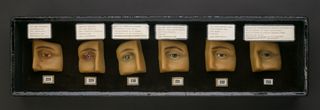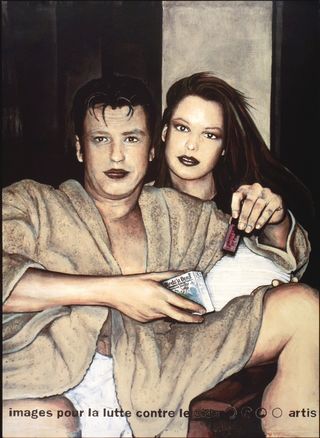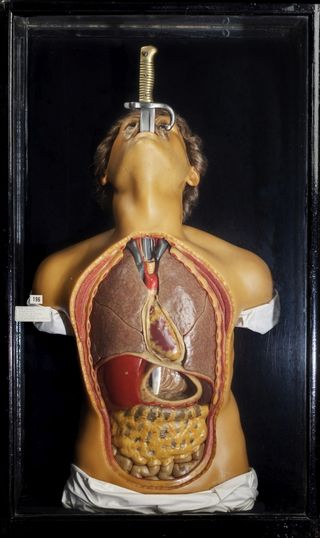The International Collection of AIDS Posters
In 2001 the Stiftung Deutsches Hygiene-Museum acquired an international collection of AIDS posters. Subsequent purchases have already swelled it to more than 7,000 posters from more than 100 countries.
The importance of enlightening the public about AIDS is indisputable in the struggle against the disease. With posters playing a key role in disseminating the relevant knowledge, this collection shows that the same topics are under discussion throughout the world: insisting on safer sex, ensuring safer use of contraceptives and making common cause against the disease. The messages and visual strategies differ from one country to the next, indicating the national and cultural dimensions of AIDS. Posters from the second half of the 1990s document the emergence of new topics in educating the public about AIDS and reflect the effort to reach out to specific groups, such as women in Africa.
The object data bank facilitates research on approximately 1,000 posters, primarily from Germany, Switzerland, France, and African countries
Objekt-Recherche
COLLECTION ONLINE
Suche >> Konvolut >> Internationale Aidsplakatsammlung




